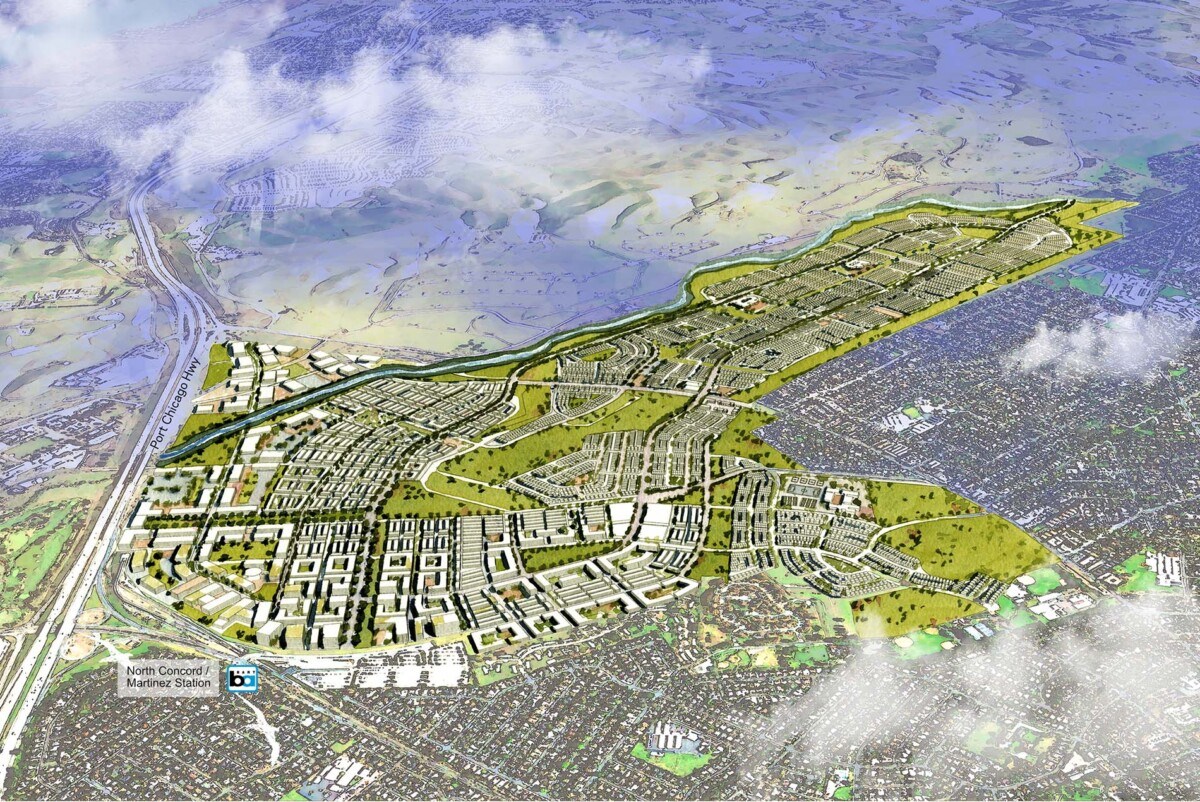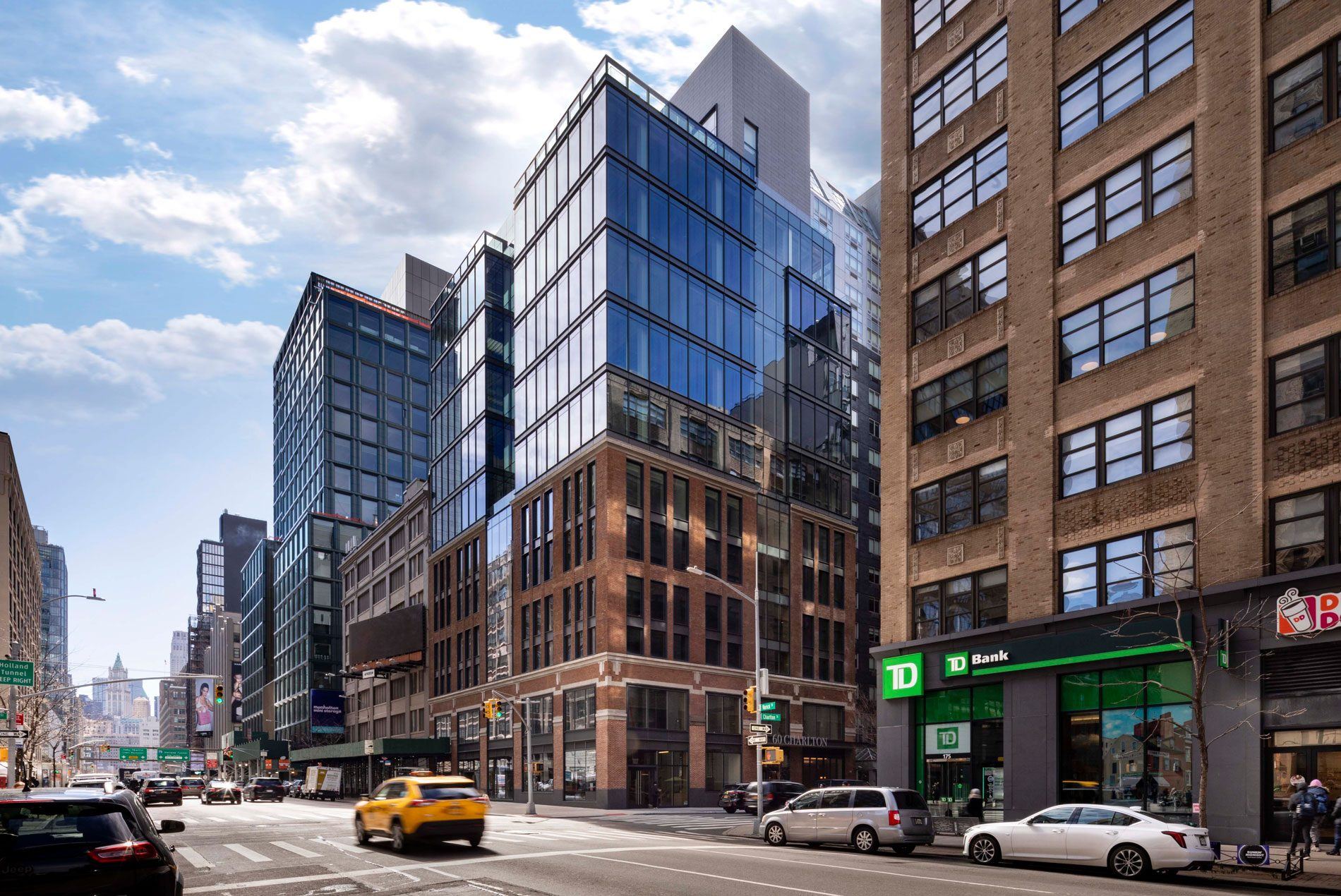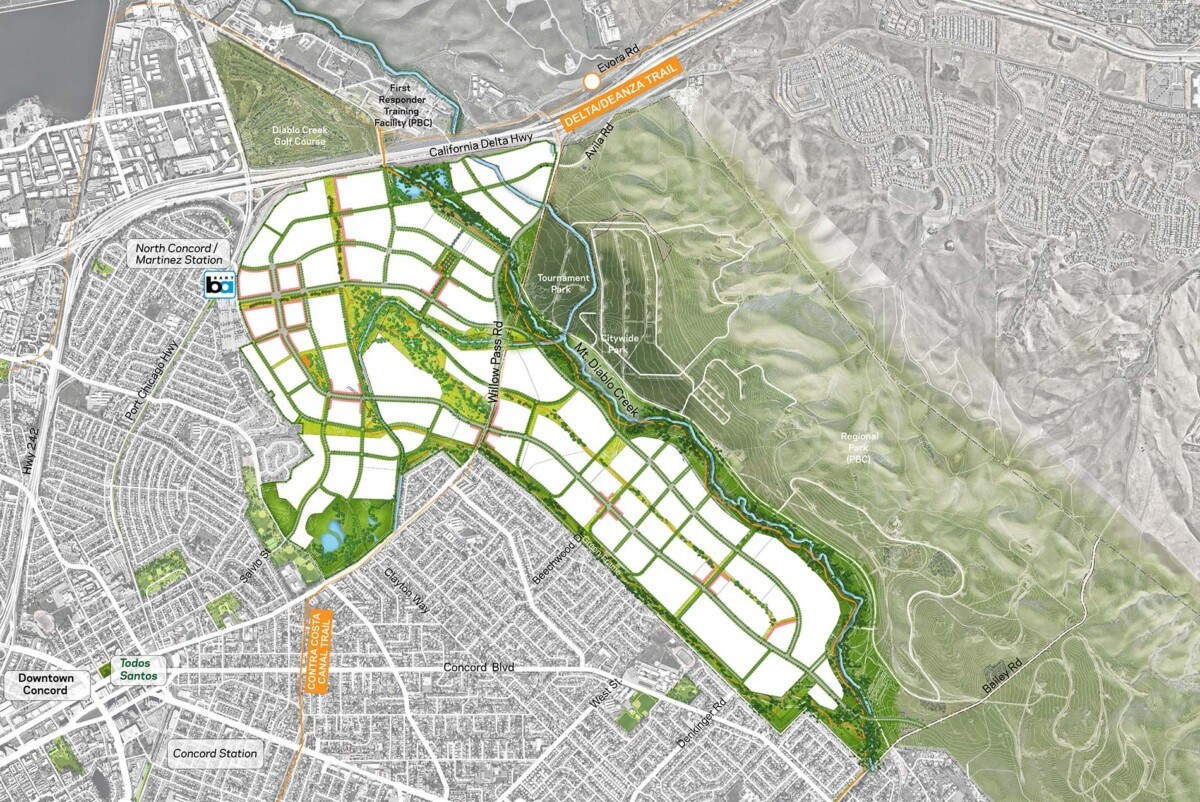
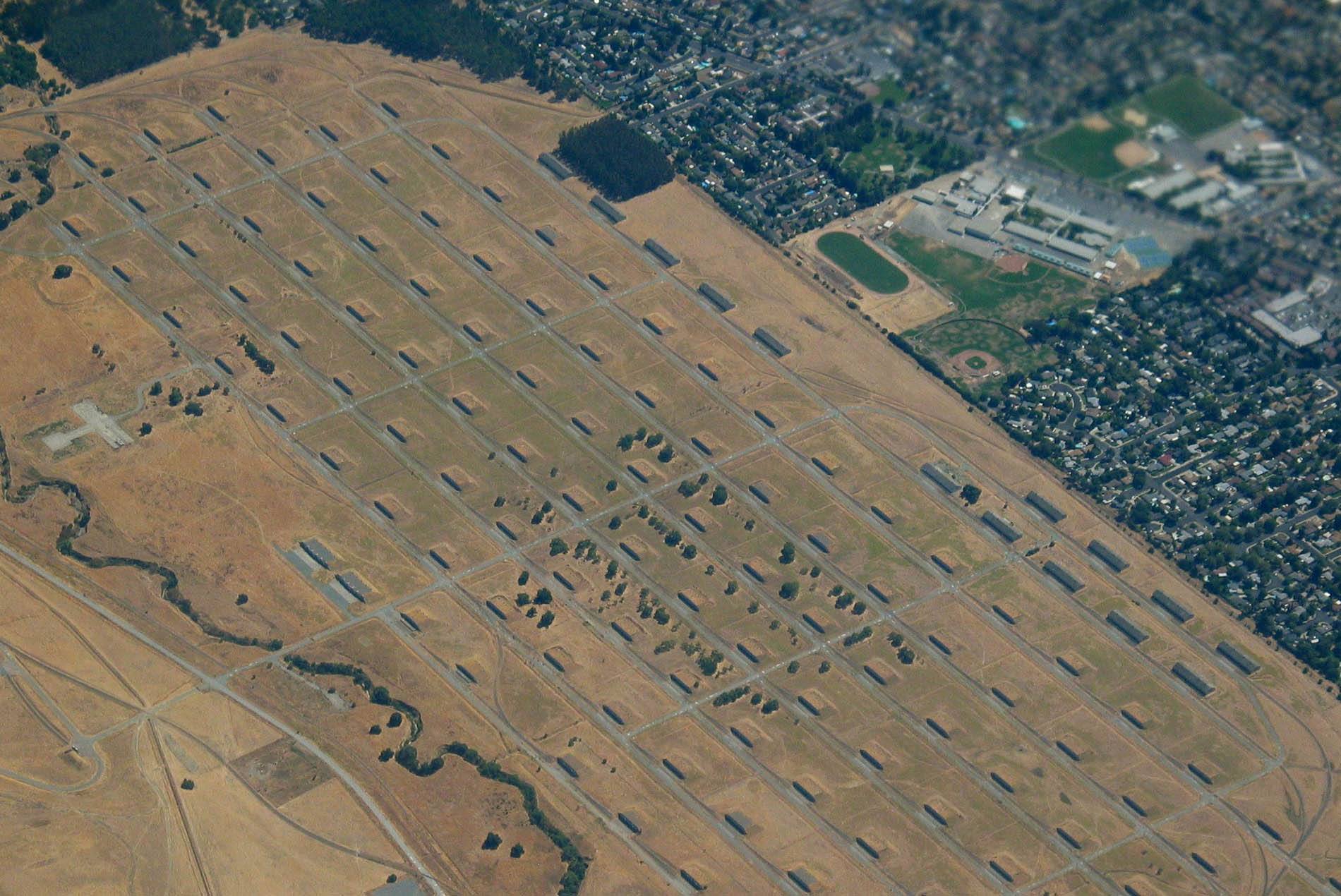
The Concord Naval Weapons Station was an important hub in the Pacific Theater supply chain during World War II. The station’s location—the furthest inland point accessible by both train and ship—made it a strategic asset.
Yet this vital role came at a considerable cost. The Port Chicago disaster, a catastrophic munitions explosion, claimed the lives of numerous African American workers. The tragedy sparked national outcry, advancing the struggle for civil rights and improved labor standards.
The plan acknowledges this legacy of racial injustice while envisioning a more equitable, inclusive future for the community.
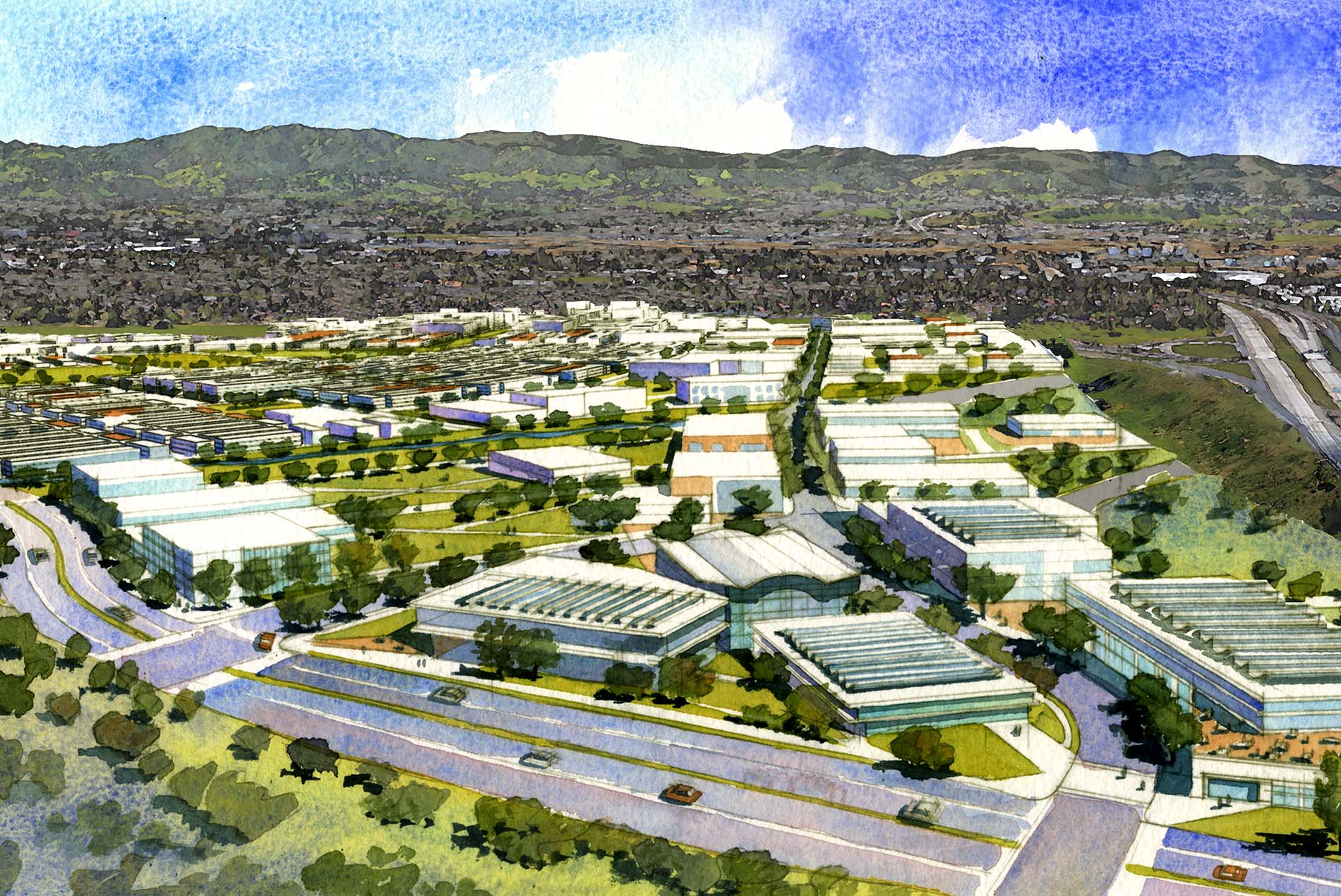
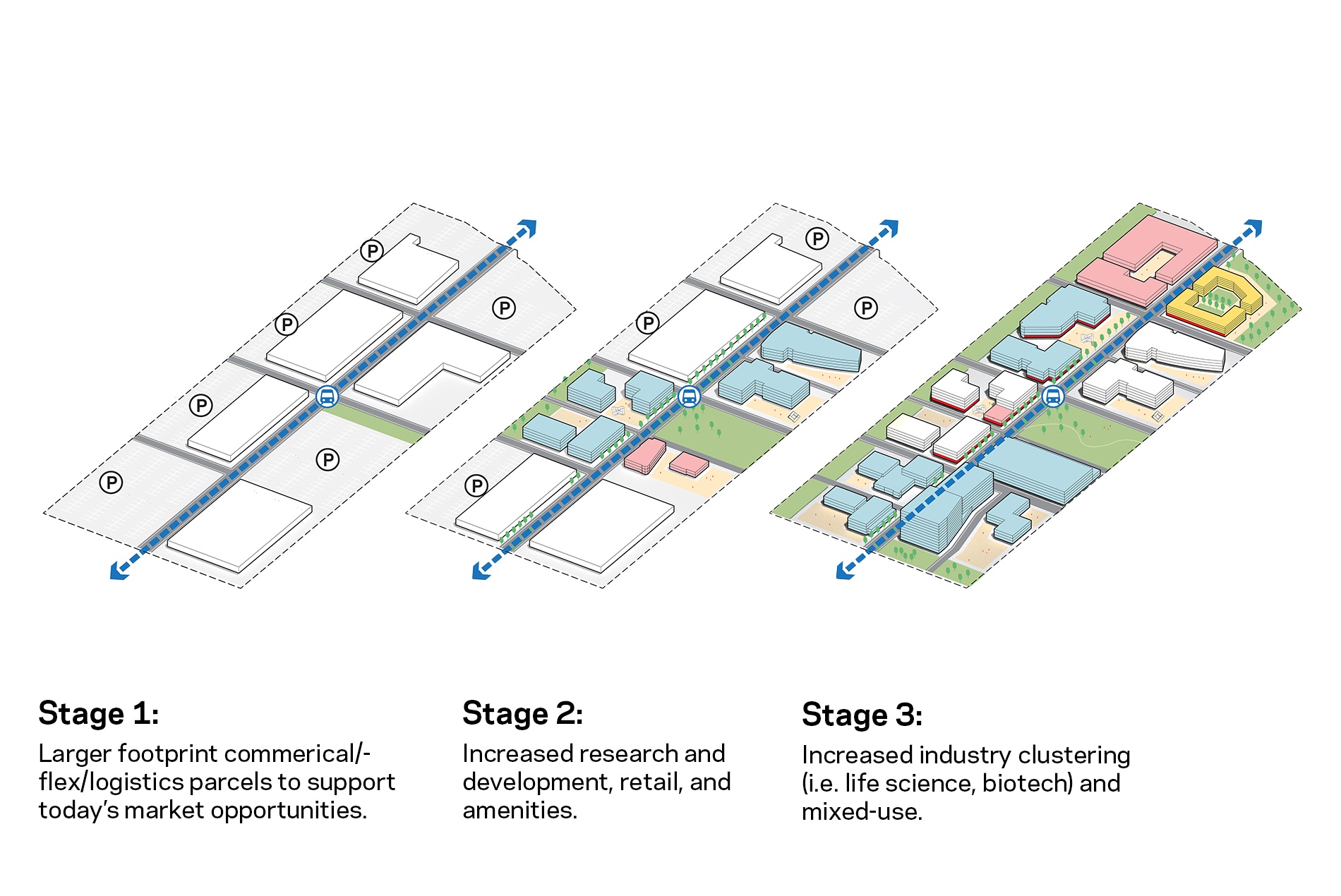
The site is organized into distinct yet interconnected districts linked by an extensive network of trails, parks, restored habitats and streetscapes that prioritize active mobility and multi-generational living.
1. The dynamic Campus District, anchored by the BART station, features revised land uses and market-responsive densities.
2. Diverse residential areas offer a mix of housing types and neighborhood amenities.
3. A comprehensive green network connects the entire development, promoting active lifestyles and ecological restoration.
4. The Innovation District (right) is designed for flexibility, easily adapting to evolving market conditions with versatile spaces for research, retail and industry.
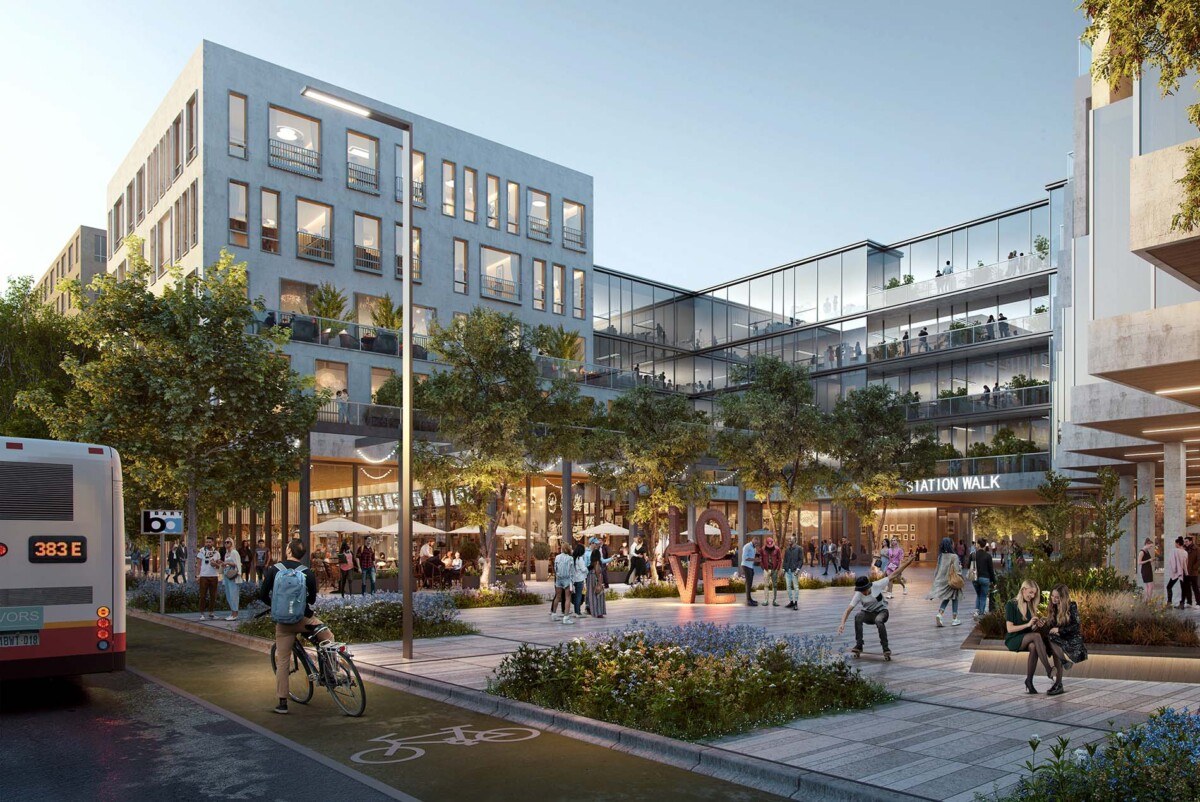
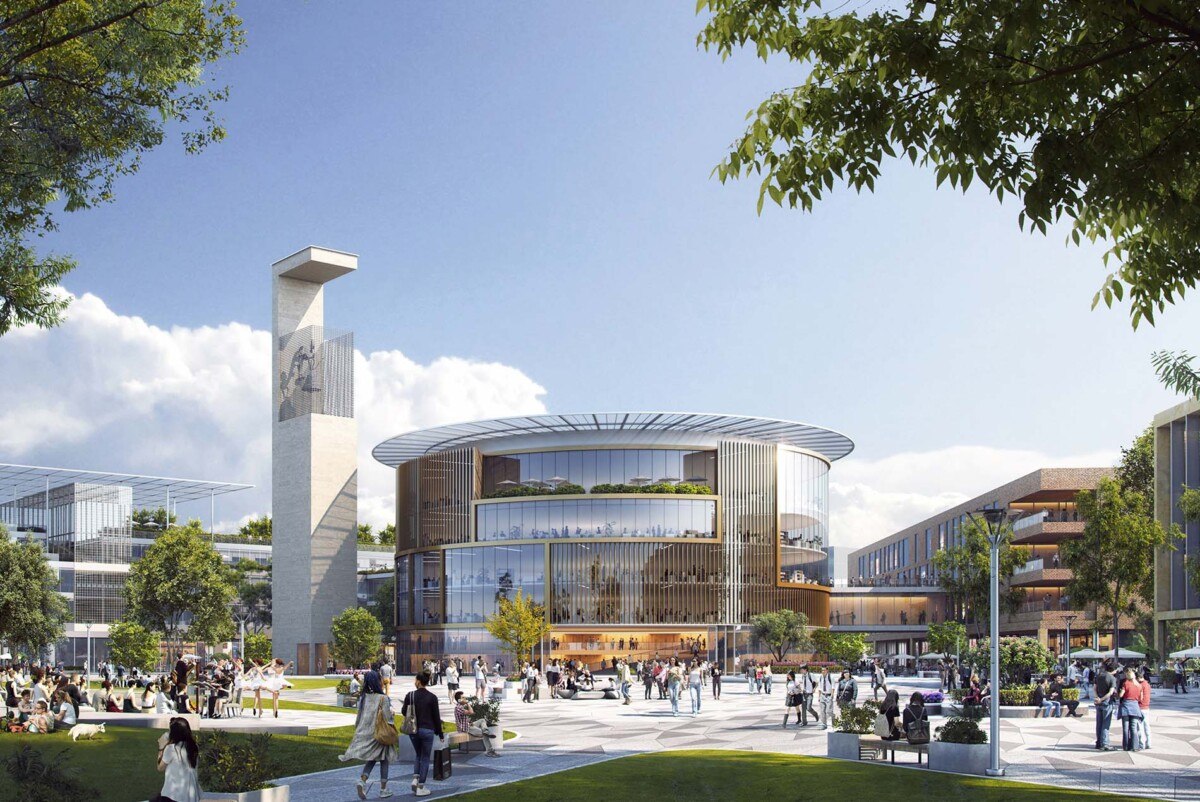
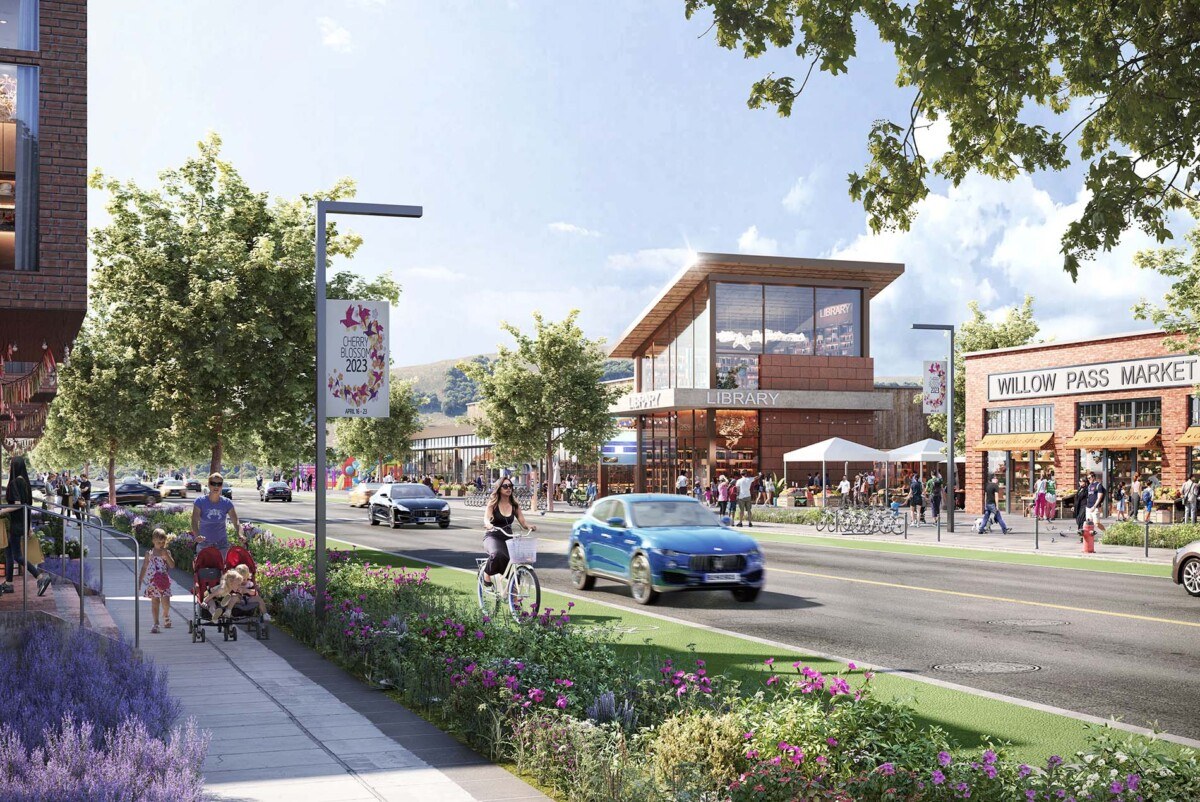
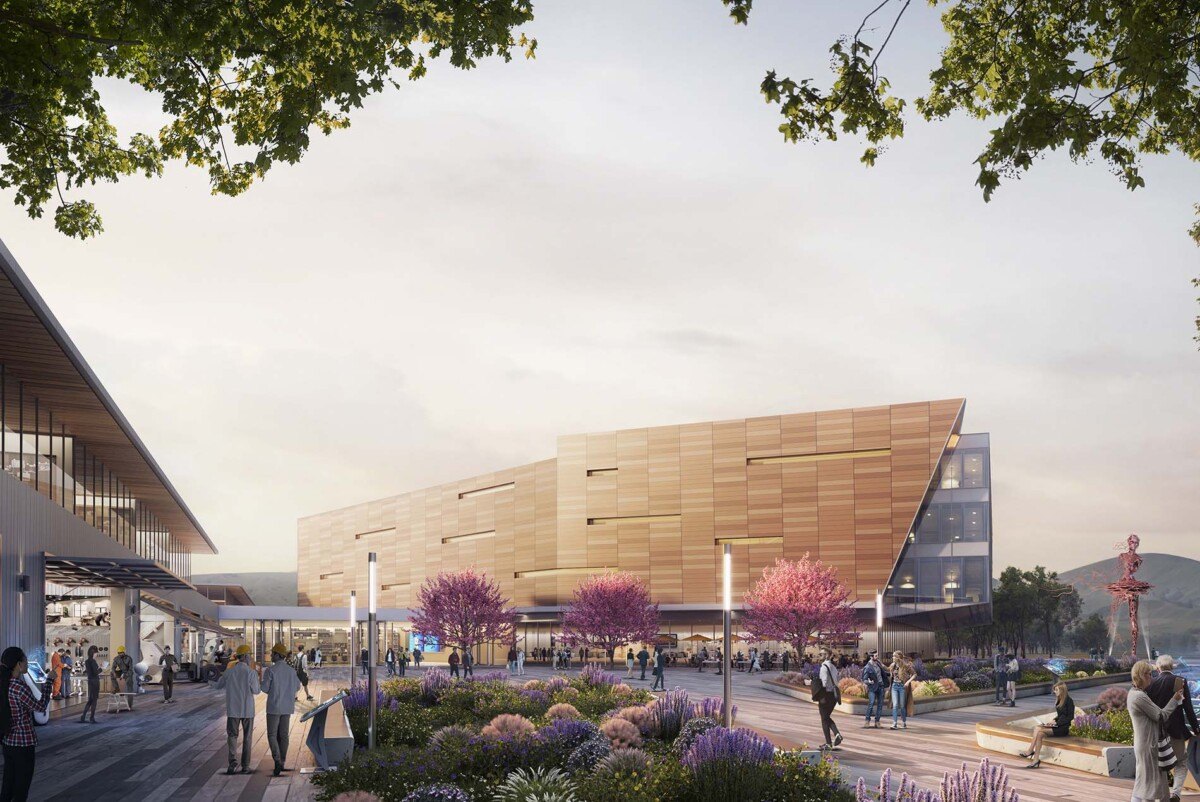
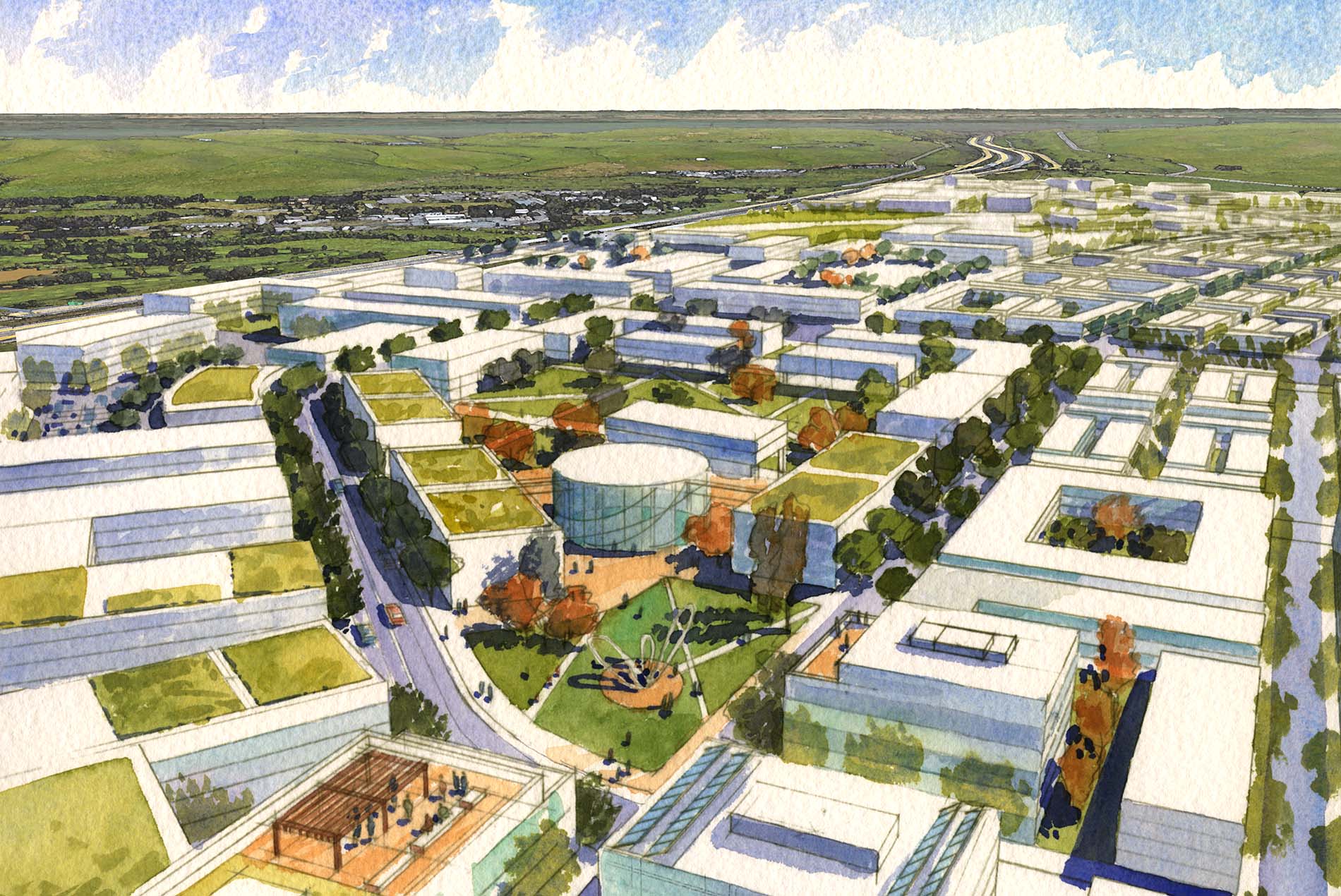
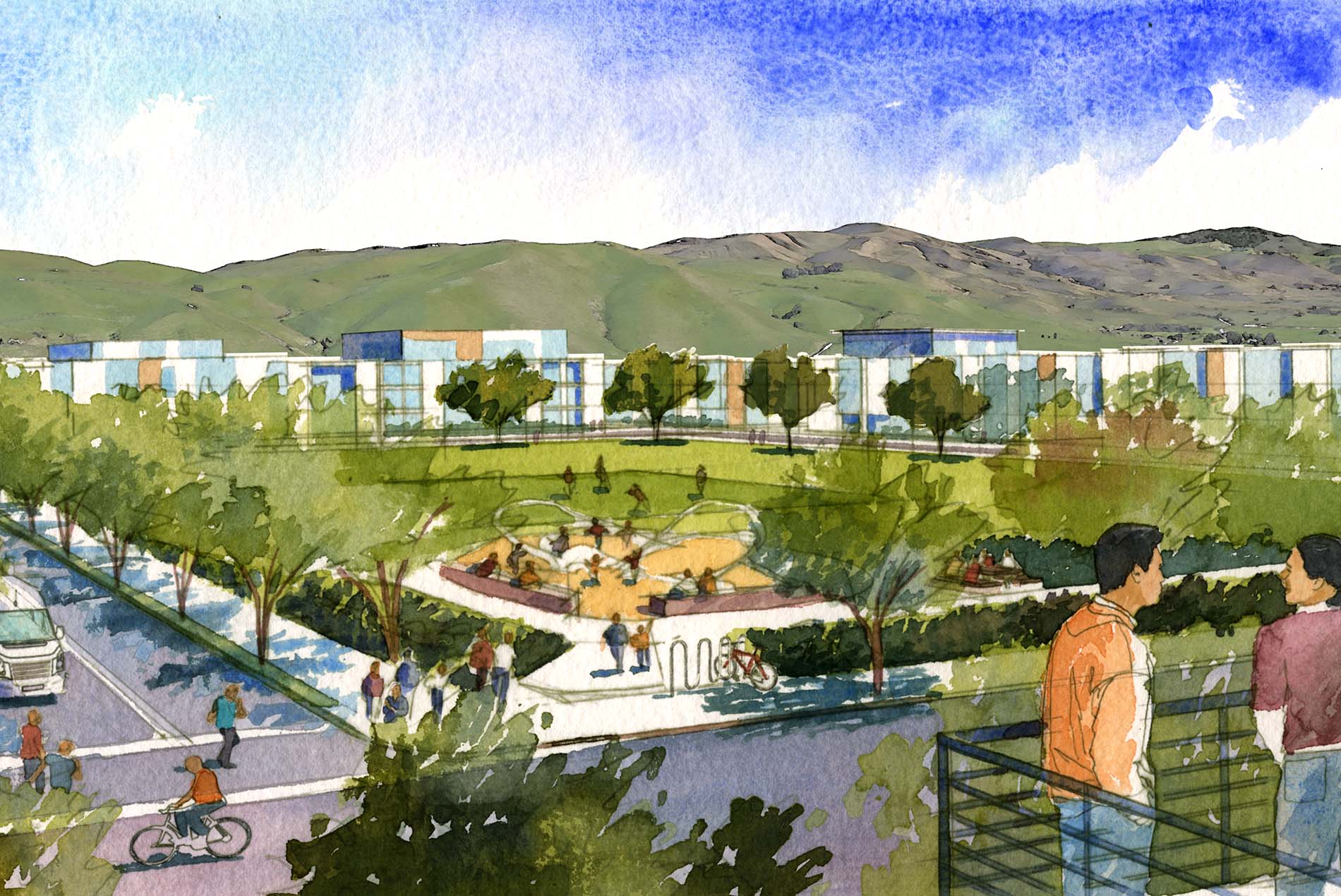
Environmental protection and climate resilience are key to the plan. Restored creek habitats foster biodiversity, supporting endangered species and enhancing local ecosystems.
The transit-oriented design, emphasis on active mobility, abundant green spaces and integration of renewable energy contribute to improved ecological health and significantly reduced carbon emissions.
Equally important, the plan prioritizes social equity. It includes affordable housing, inclusive public spaces and accessible community amenities for all residents.
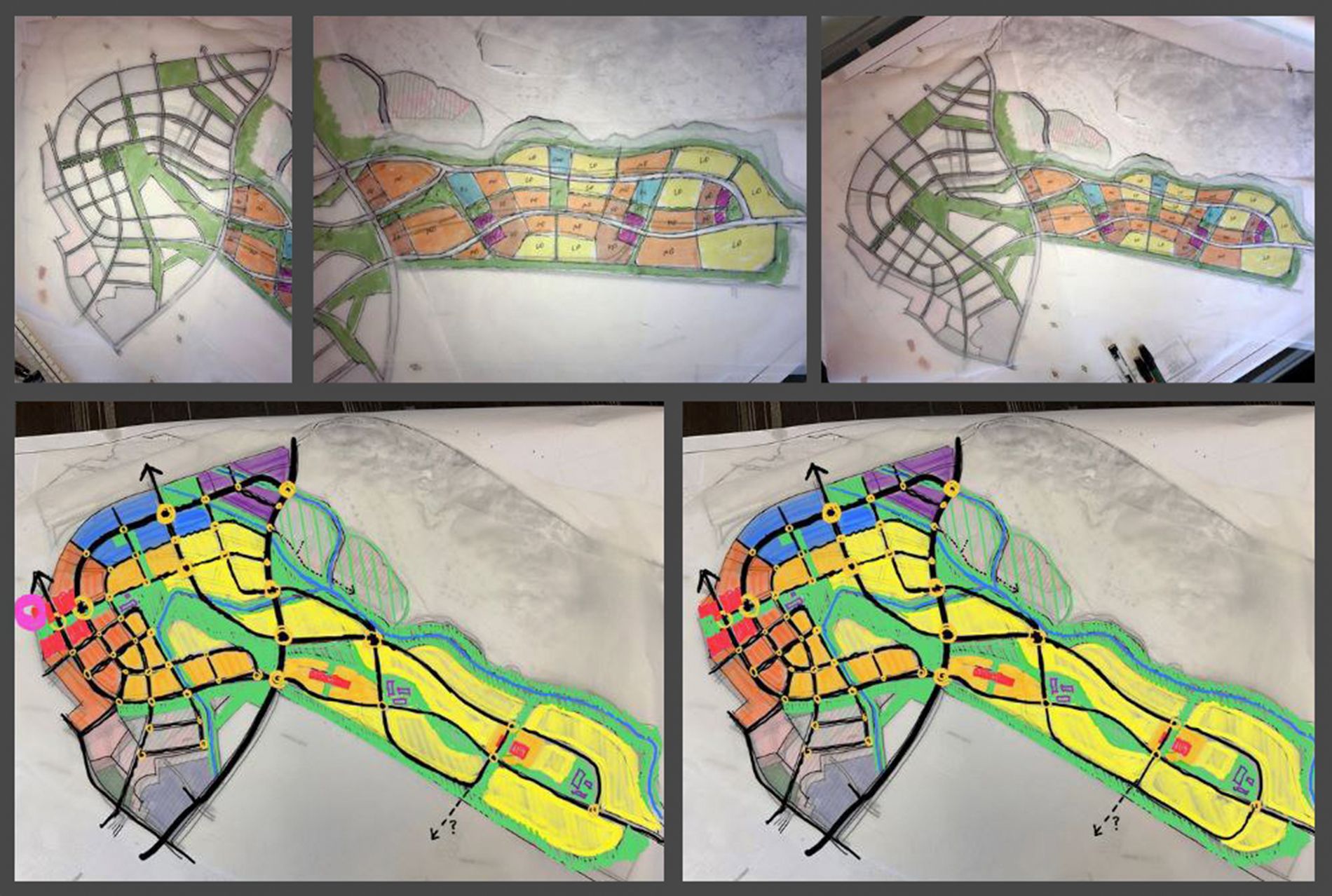
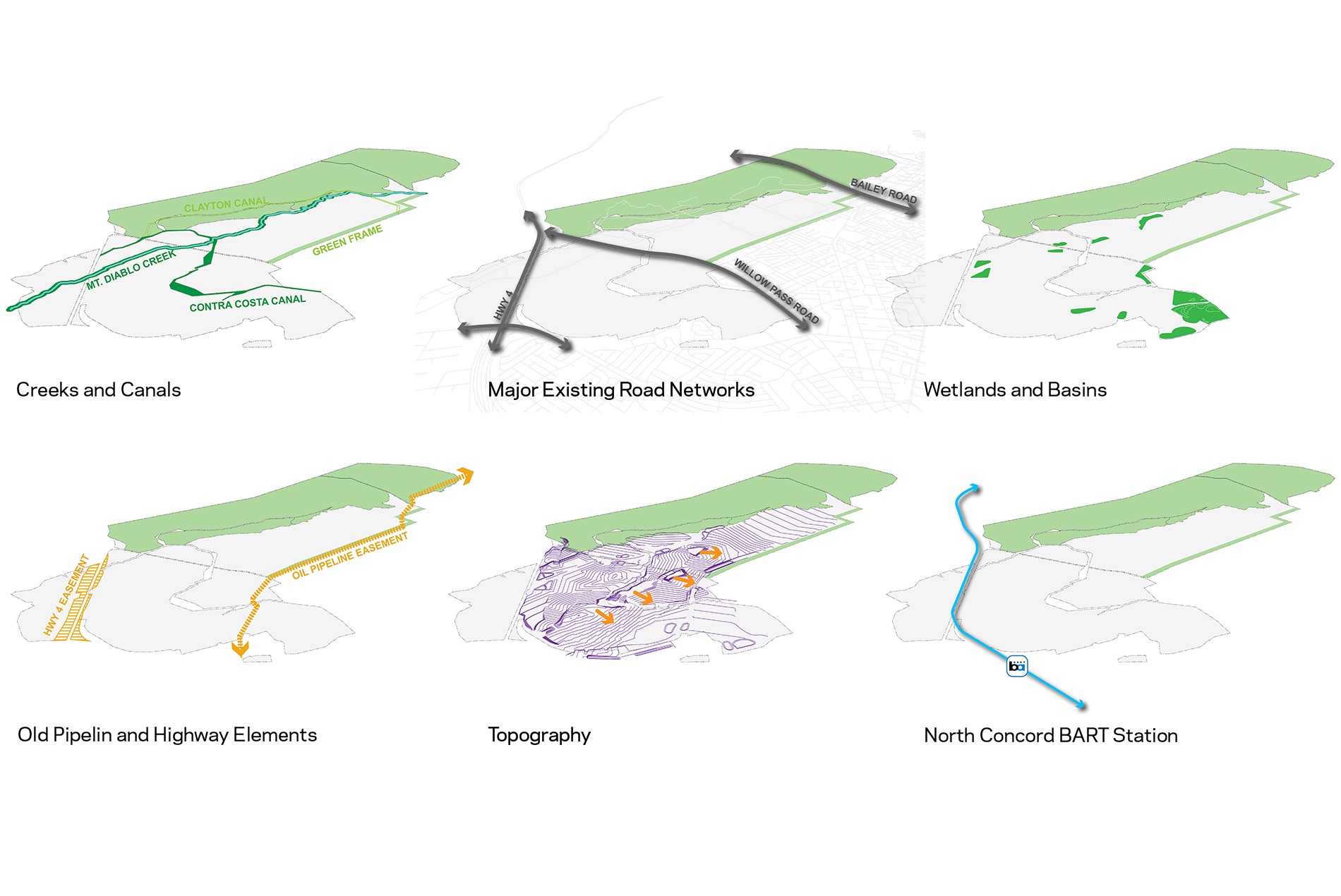
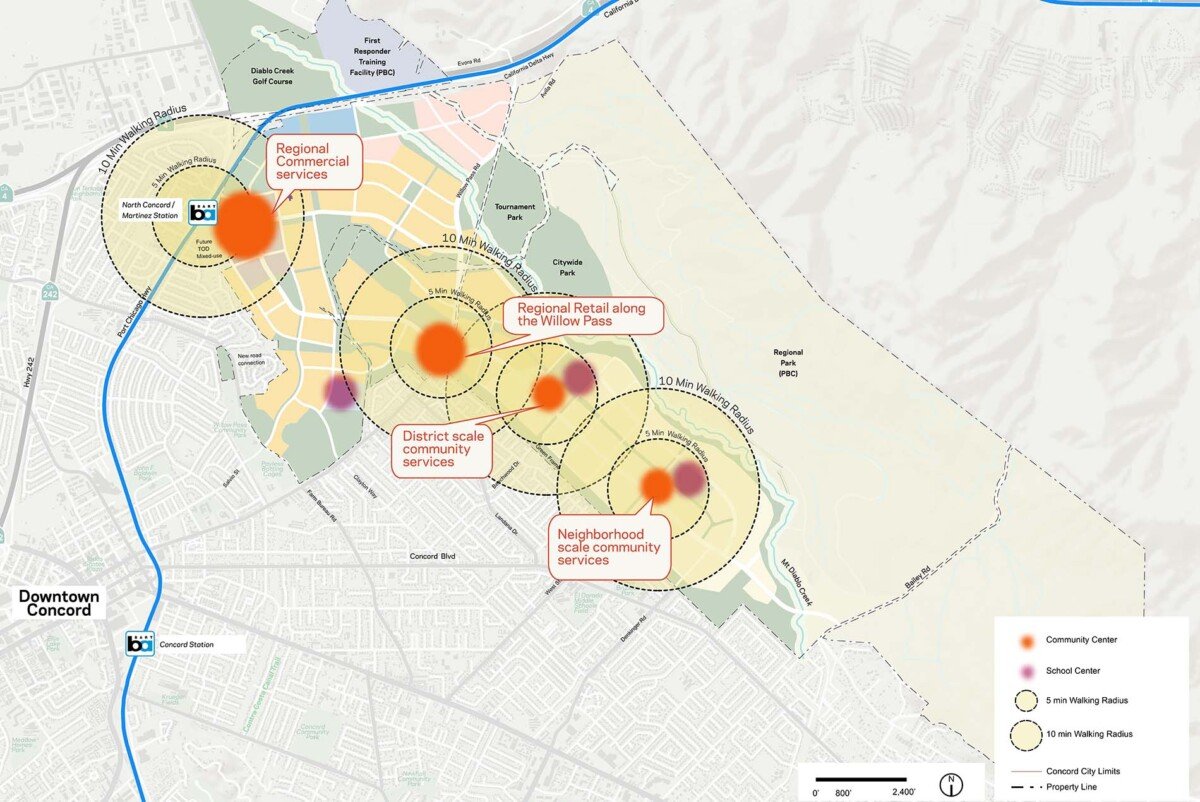
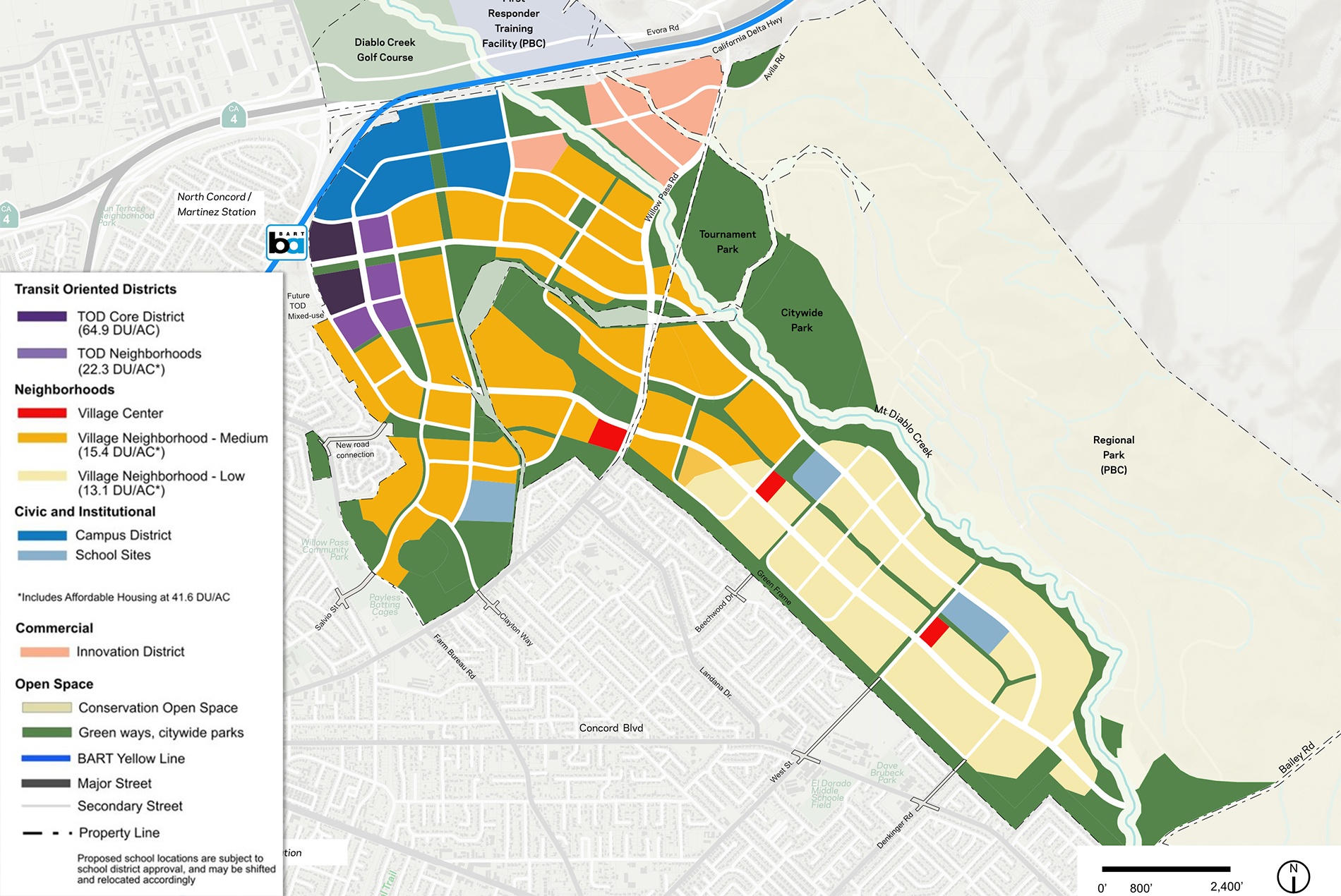
The plan outlines a five-phase approach to create a model for sustainable, transit-oriented development. This phased land use strategy promotes balanced and incremental growth. Each stage contributes to the realization of the overall vision.
At full build-out, the plan envisions 15,600 diverse housing units catering to a range of family needs and income levels, nearly 17,000 much-needed jobs across various sectors and 460 acres of parks, greenways and open spaces. HOK’s team developed clear metrics that align the project with the community’s goals for a thriving economy, ecological health and enhanced livability.
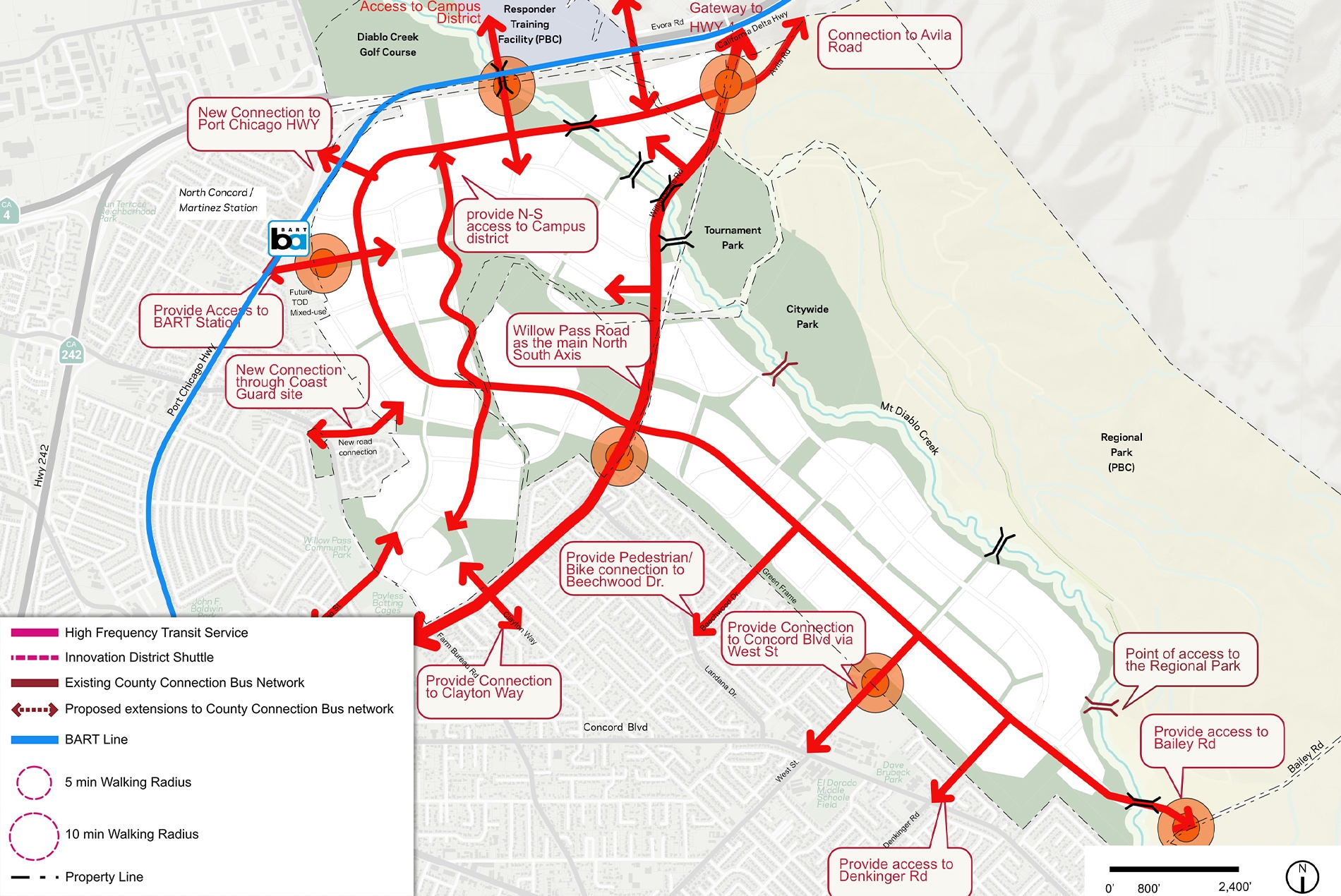
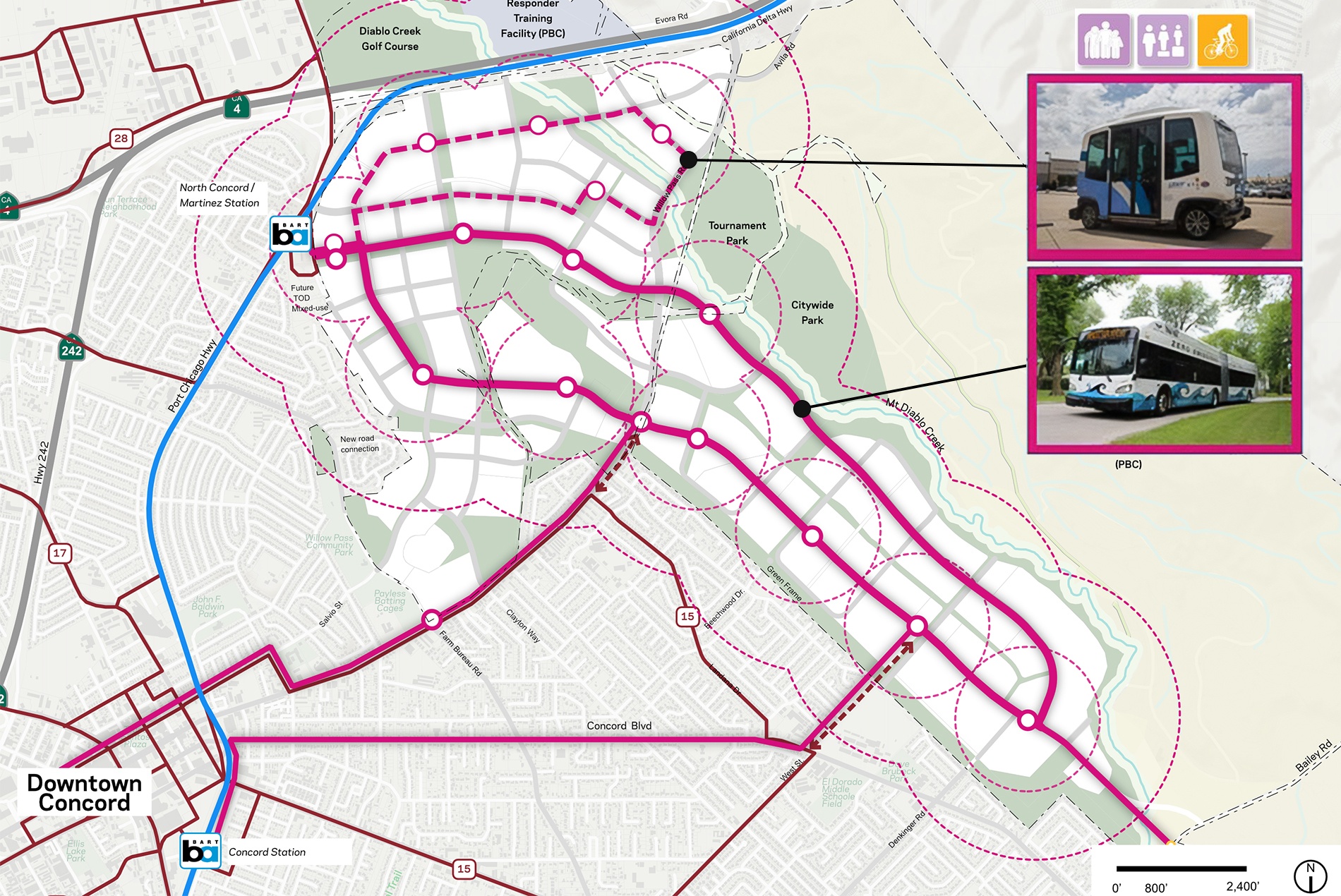
One of the plan’s core features is its seamless integration with the Bay Area Rapid Transit (BART) system and a multi-modal transportation network.
The plan incorporates high-frequency transit services, an Innovation District shuttle and a clear circulation spine. This holistic approach promotes public transportation, reduces dependency on cars and helps create a walkable, close-knit community while maintaining accessibility throughout the development area.
